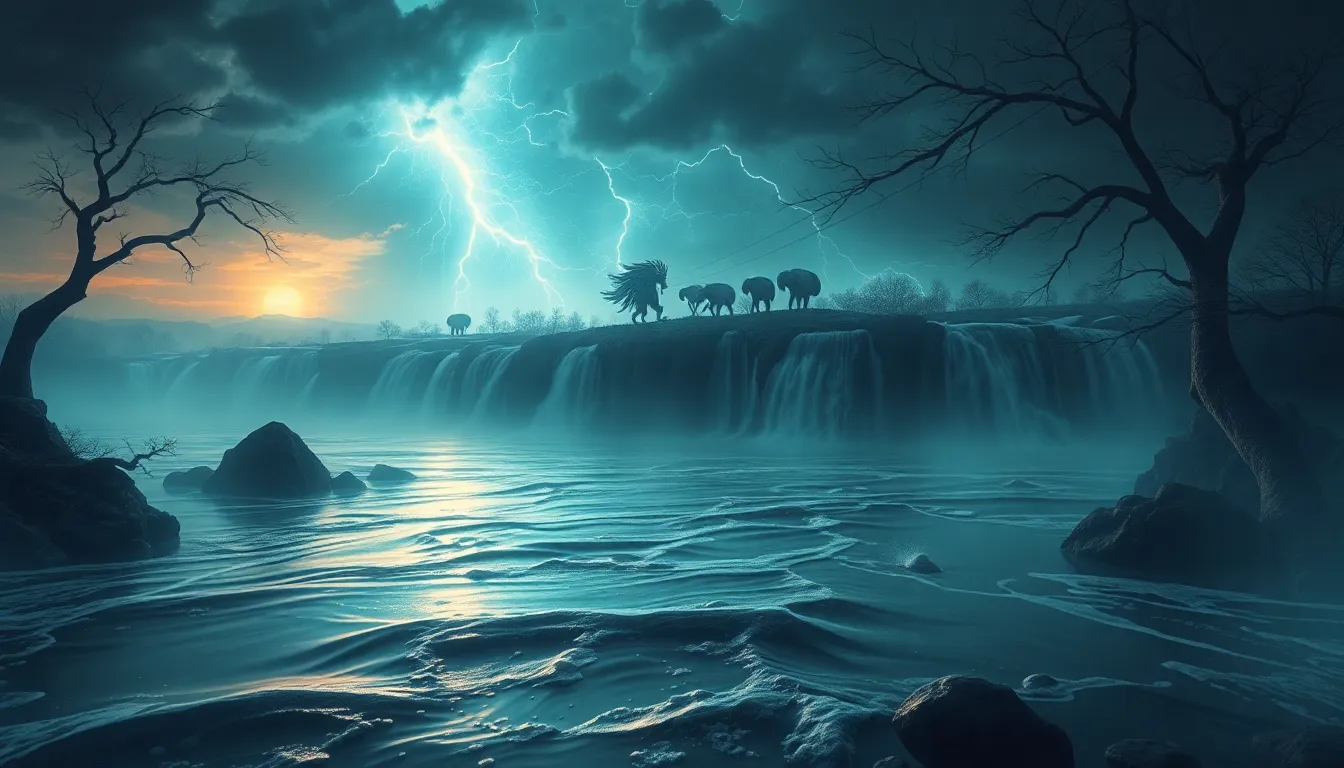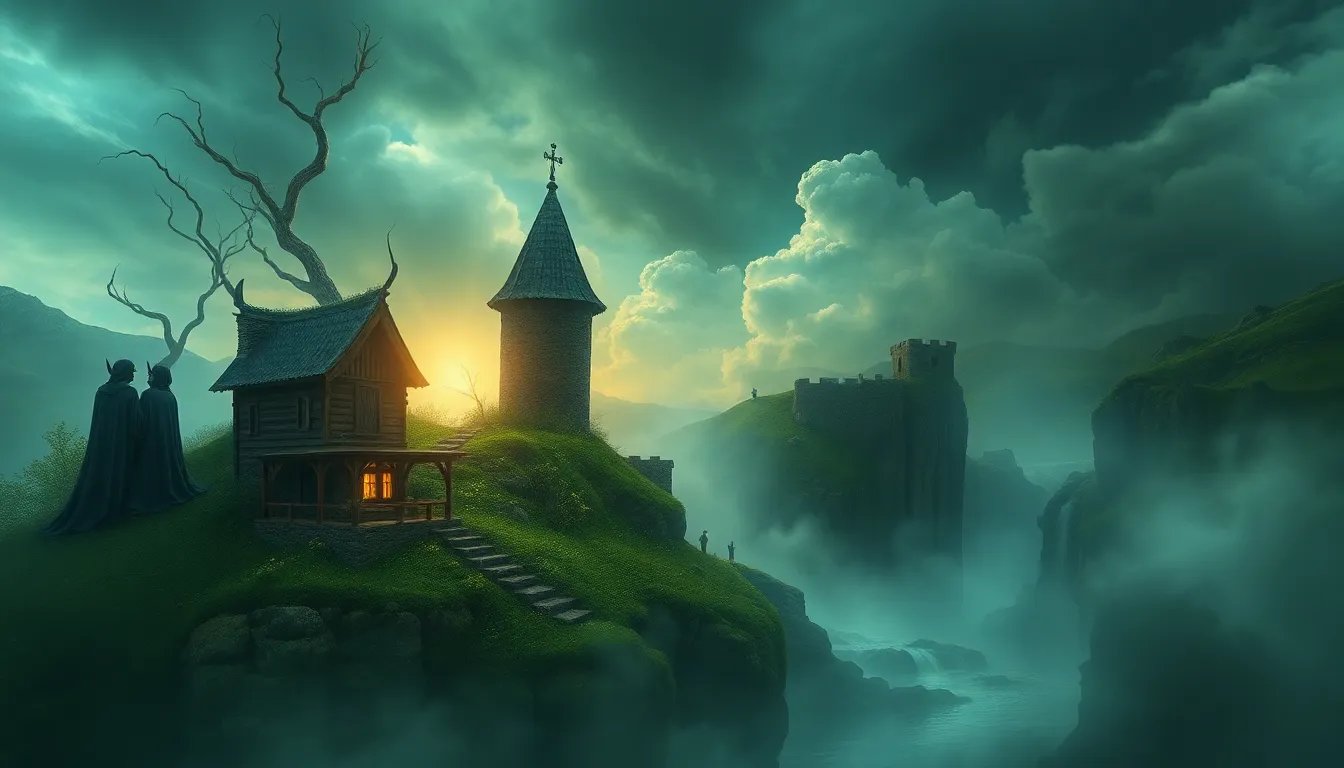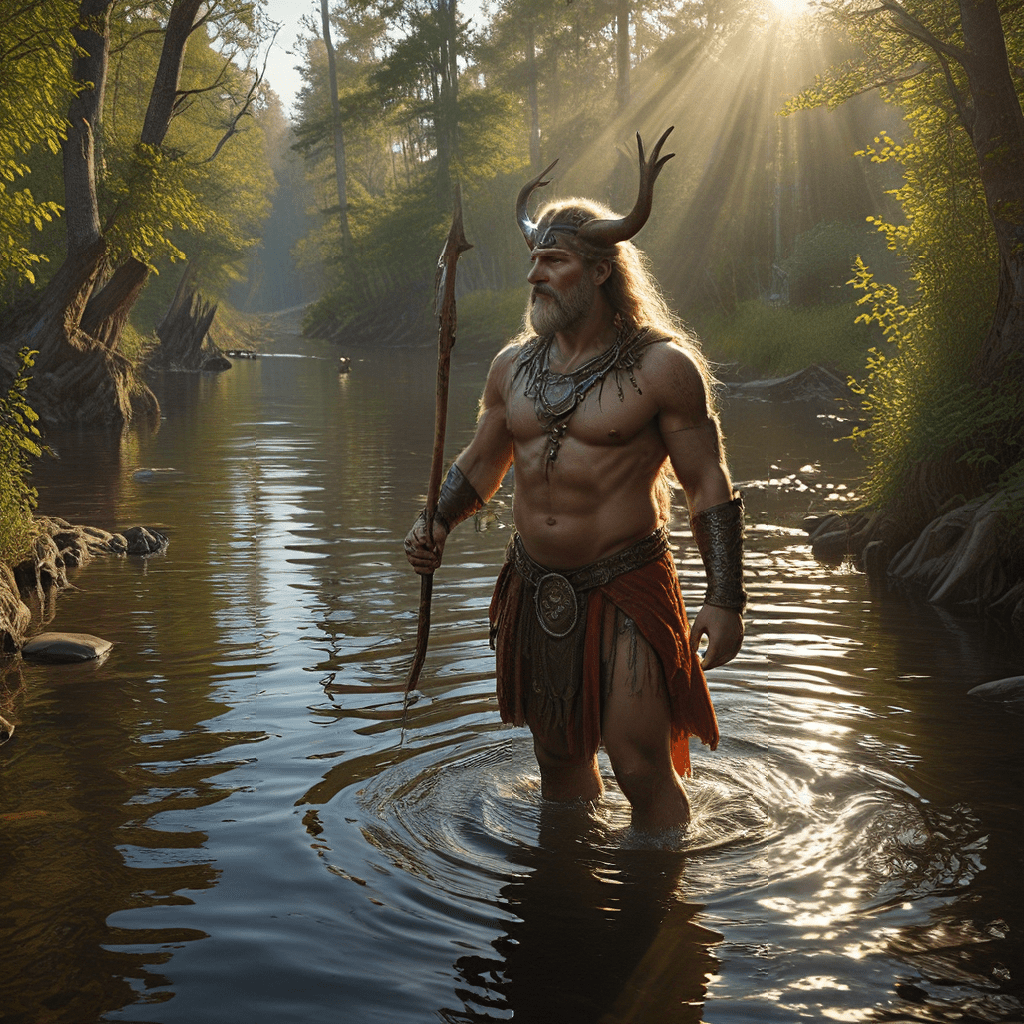The Devourer of Souls: Níðhöggr’s Role in the Afterlife Across Cultures
I. Introduction
Níðhöggr, a prominent figure in Norse mythology, is often depicted as a fearsome dragon who gnaws at the roots of Yggdrasil, the World Tree. This creature plays a significant role in the Norse understanding of death, the afterlife, and the cyclical nature of existence. The concept of the afterlife varies across cultures, with numerous traditions featuring figures tasked with judging or consuming souls. This article aims to explore Níðhöggr’s role within Norse mythology, drawing parallels with similar figures in other cultures to better understand the universal themes surrounding death and transformation.
II. Níðhöggr: The Dragon of Hel
Níðhöggr’s characteristics are steeped in symbolism. Described as a great dragon or serpent, Níðhöggr resides in Hel, the underworld realm of the dead in Norse cosmology. This creature embodies destruction, decay, and the darker aspects of nature. Its primary function is to consume the bodies of the dead, particularly those who have died unheroic deaths, thus emphasizing the Norse valorization of bravery in combat.
In the context of Norse cosmology, Níðhöggr serves as a guardian of the underworld, reinforcing the connection between life and death. The dragon’s relationship with Yggdrasil is particularly significant; as it gnaws at the roots of the World Tree, it symbolizes the constant cycle of life, death, and rebirth. Yggdrasil represents the interconnectedness of all beings, and Níðhöggr’s actions reflect the necessary decay that allows for new life to emerge.
III. The Concept of the Afterlife in Norse Mythology
The Norse believed in a multifaceted afterlife, with various realms serving different purposes for the souls of the deceased. Two of the most notable realms include:
- Valhalla: The hall of the slain, where warriors who died heroically in battle are welcomed by Odin. Here, they prepare for Ragnarok, the end of the world.
- Hel: A more neutral realm governed by the goddess Hel, where souls who did not die in battle reside. Níðhöggr’s role within Hel emphasizes the fate of those who lived less valorous lives.
Níðhöggr’s involvement in the afterlife is especially pertinent for souls that find their way to Hel. The dragon consumes their bodies, symbolizing the finality of death and the transformation of the physical into the ethereal. This process serves as a reminder of the consequences of one’s actions in life.
IV. Comparative Analysis: Soul Devourers in Other Cultures
Many cultures feature figures similar to Níðhöggr, who serve as guardians or judges of the afterlife:
- Ammit: In Ancient Egyptian mythology, Ammit is a demoness who devours the hearts of the unworthy during the judgment of the dead.
- Charon: In Greek mythology, Charon is the ferryman who transports souls across the River Styx, only allowing those who can pay the toll to pass.
These figures often embody themes of judgment and punishment, reflecting cultural attitudes toward morality and the consequences of one’s actions. They serve to shape beliefs about the afterlife, emphasizing that the fate of the soul is determined by the life lived.
V. Symbolism of Níðhöggr in Modern Interpretation
In contemporary literature and media, Níðhöggr has evolved into a potent symbol. Often depicted as a fearsome creature, the dragon embodies not only death and destruction but also transformation and renewal. Modern interpretations of Níðhöggr often explore themes of:
- Fear: The dragon represents the fear of death and the unknown.
- Transformation: Níðhöggr’s role in consuming souls highlights the potential for transformation that comes with death.
- Shadow Work: In psychological contexts, Níðhöggr symbolizes confronting one’s darker aspects and integrating them into the self.
VI. Thematic Connections: Transformation and Renewal
The themes of death and rebirth resonate across various cultures. Níðhöggr’s actions can be viewed as a necessary step in the cycle of life, where destruction paves the way for renewal. Many cultures perceive death not as an end but as a transition to another state of being:
- Rebirth: In Hinduism, the cycle of samsara reflects the continuous cycle of life, death, and rebirth.
- Regeneration: In various Indigenous cultures, death is seen as a regeneration process, allowing for the emergence of new life.
Níðhöggr’s consumption of souls reinforces this idea, emphasizing that death is an integral part of the natural order, leading to new beginnings.
VII. Níðhöggr’s Influence on Modern Spiritual Practices
In neo-paganism and modern spiritual movements, Níðhöggr has been reinterpreted in various ways. Some practitioners view the dragon as a symbol of empowerment and shadow work, encouraging individuals to confront their fears and embrace transformation. Rituals influenced by Níðhöggr may include:
- Shadow Work Rituals: Engaging with one’s darker aspects to achieve personal growth.
- Rituals of Renewal: Celebrating the cyclical nature of life and death through seasonal festivals.
This reinterpretation highlights the relevance of Níðhöggr in contemporary spiritual practices, emphasizing the importance of understanding and integrating the shadow self.
VIII. Conclusion
Níðhöggr holds significant importance in Norse mythology, particularly in the context of the afterlife. As a symbol of death, transformation, and renewal, the dragon reinforces the universal themes surrounding mortality found in various cultures. The parallels between Níðhöggr and soul devourers in other traditions underscore a shared understanding of the afterlife and the cyclical nature of existence. Ultimately, the myth of Níðhöggr invites reflection on the nature of death and the transformative power it holds, reminding us that from destruction can emerge new life.



